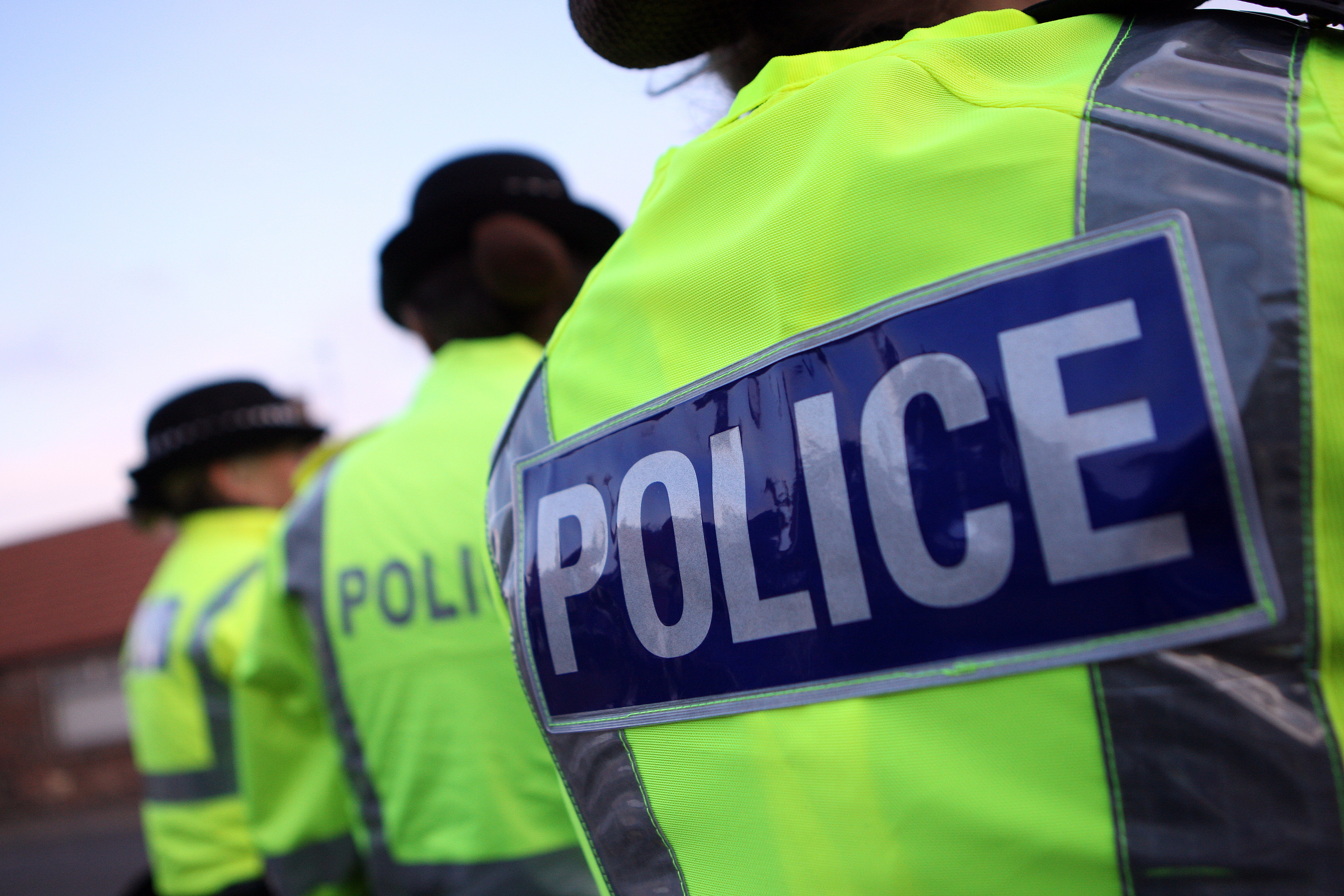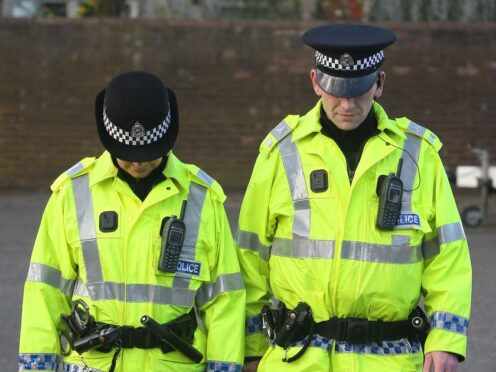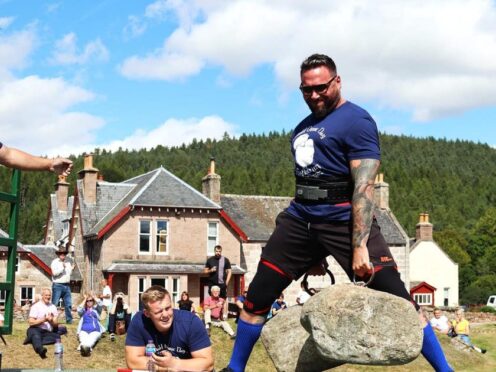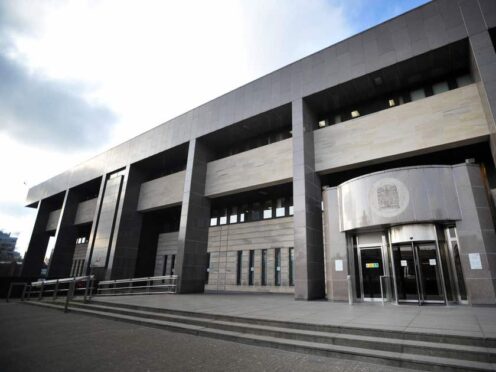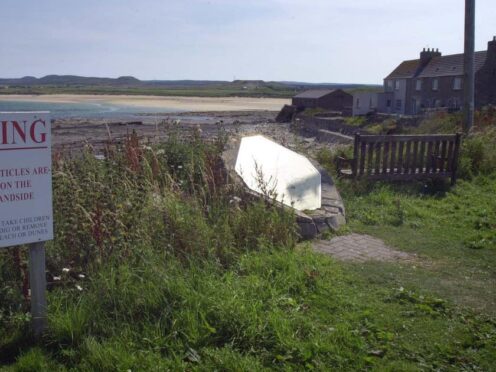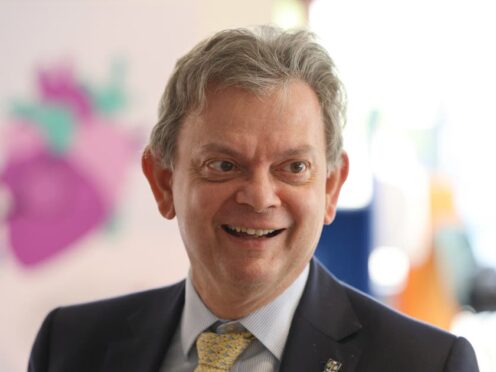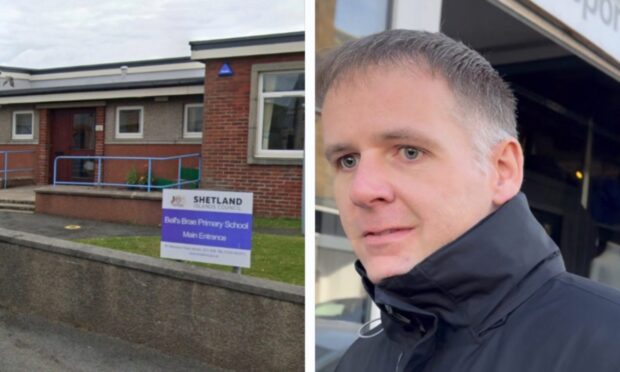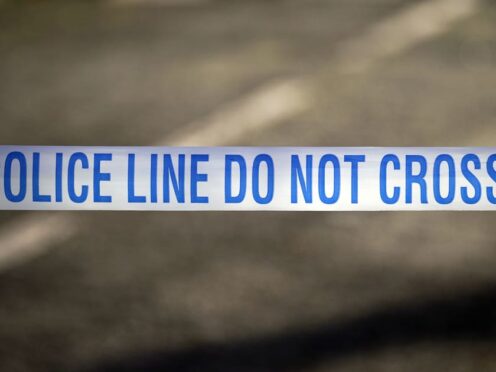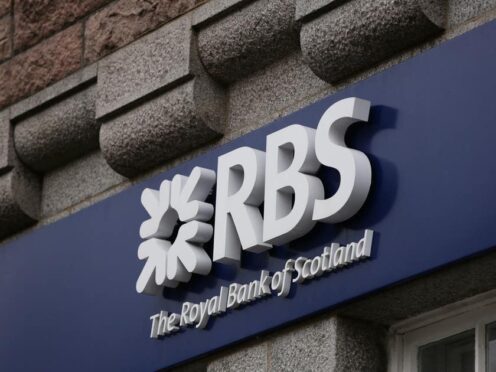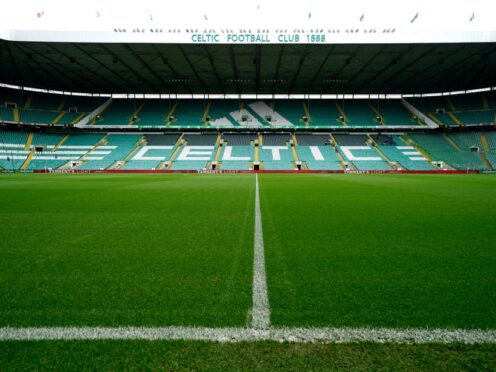The public have been asked for their views on how to create a police force which combats modern threats in an efficient and cost-effective way.
A consultation on new strategic police priorities is seeking views on localism, prevention, response, collaborative working, accountability and adaptability.
A particular focus has been placed on crime prevention and tackling inequalities within and between communities.
The priorities are not focused on specific types of crime but on addressing “the broader expectations that communities have for our police services”.
Amongst the ideas put forward by Police Scotland to prevent crime in general is closer engagement with schools and youth groups.
Police Scotland has also proposed sharing resources with other public bodies to “avoid duplication” and working in a more “efficient and cost-effective” way.
During pre-consultation, Police Scotland found young people “value” a police presence but “there can be distrust between the police and young people”.
The consultation states: “It is felt that police officers should be more integrated into the community, for example in schools working alongside teachers.
“Youth work organisations are also thought to provide an excellent vehicle for the police to be able to interact informally with young people.”
Police Scotland has also sought views on how to “repair their relationship” with young people who have been in care, recognising they have an “often negative start to this relationship”.
Collaborative working is seen as a route to help Police Scotland to meet the “wider public sector objectives in areas including health, housing, education and the economy”.
The consultation said: “We must explore how the range of resources and assets available to the police can be used to achieve shared goals.
“This means avoiding duplication, sharing services where possible, working towards shared measures of success and working to deliver services in a way which is most integrated from the point of view of recipients.
“There is significant scope to build on existing partnerships and to develop new ones, resulting in more efficient and cost-effective ways of working.”
Justice Secretary Michael Matheson said: “We need a service which carries the shared values of all of our public sector, which works at an international level to combat the threats of modern times, that brings national consistency, co-ordination and specialist resource and holds local policing at its heart.
“It must be focused on priorities which are relevant to, and serve the interests of, local people.”
Police Scotland Chief Constable Phil Gormley added: “Understanding as much as we can about what communities need is a crucial factor in shaping a sustainable future for policing.”
Scottish Police Authority chairman Andrew Flanagan said: “It is important that communities continue to tell us what issues are of greatest concern so that, working with our partners, we can use this information to focus on the right priorities to protect the public.”
